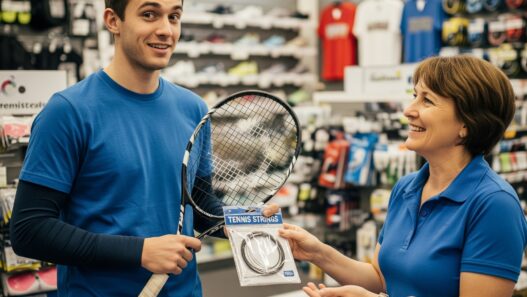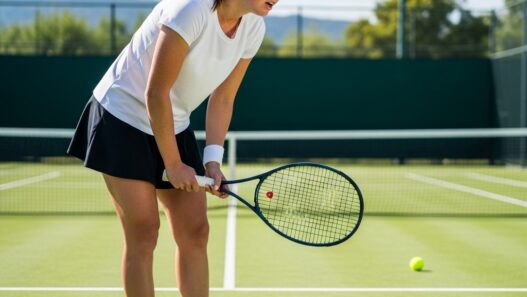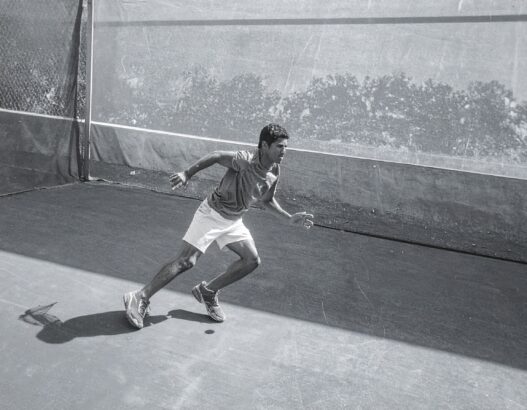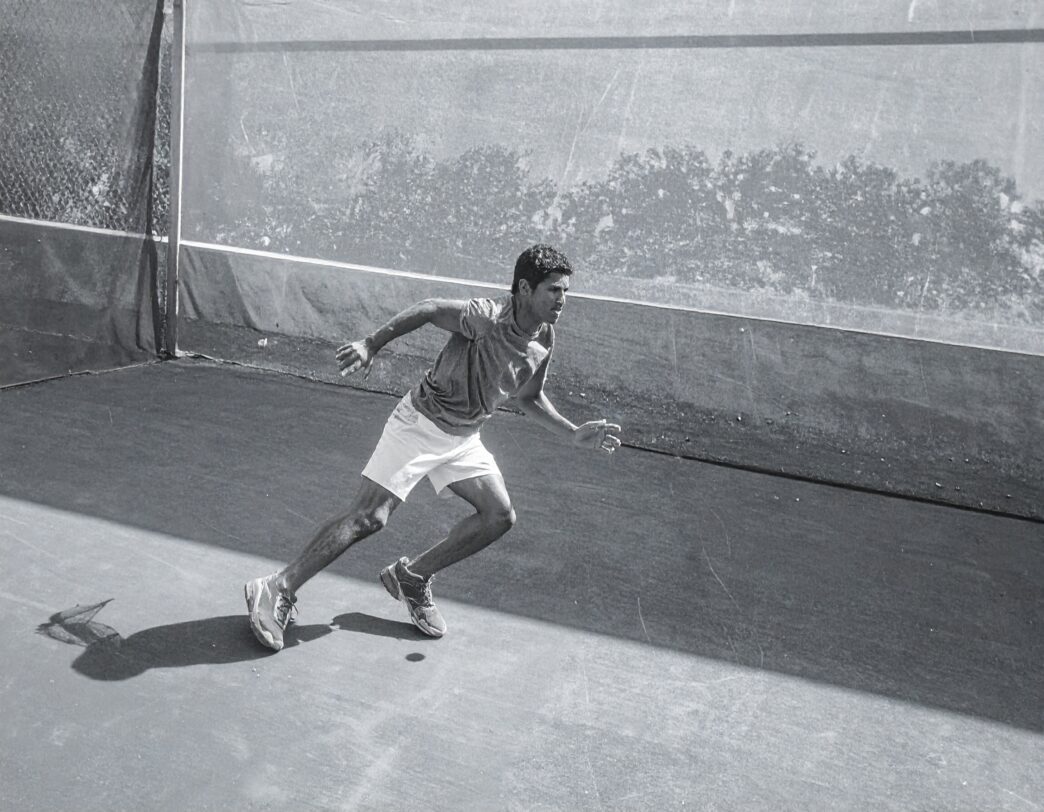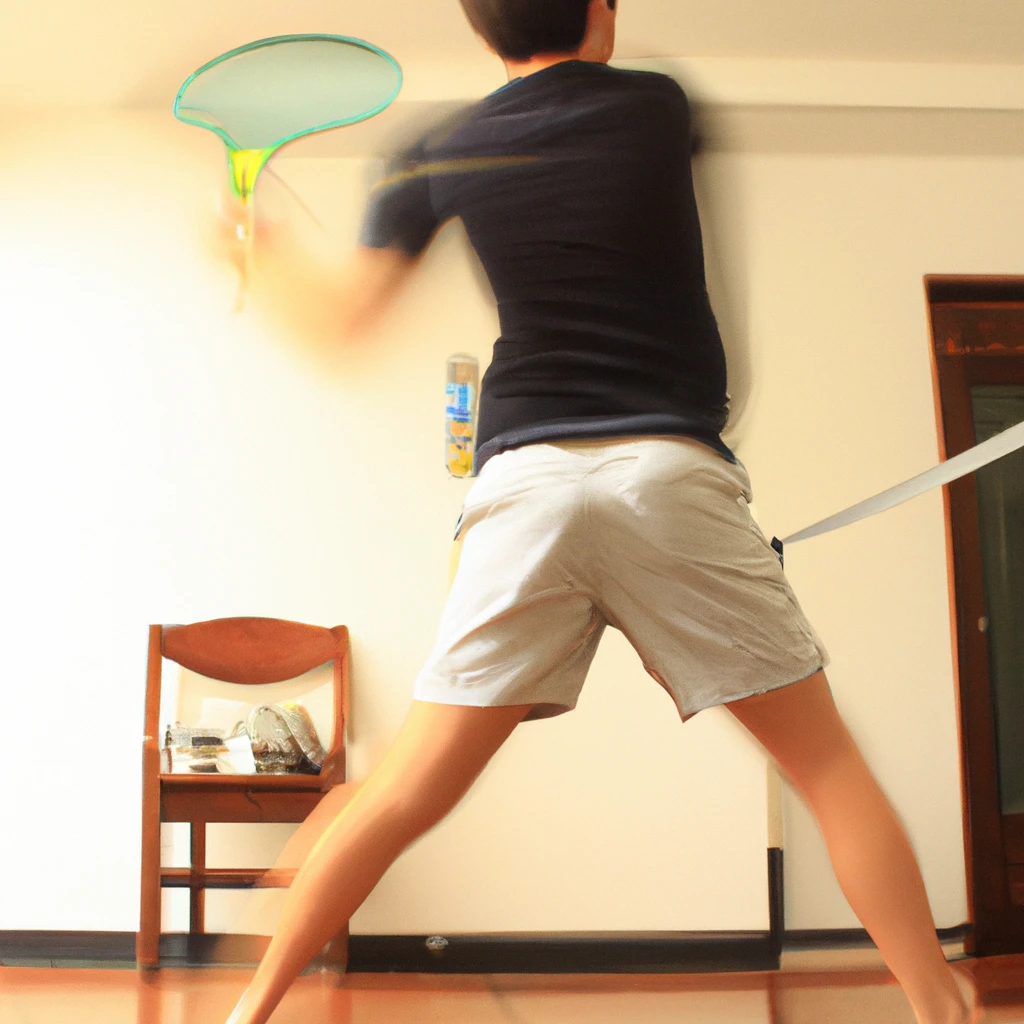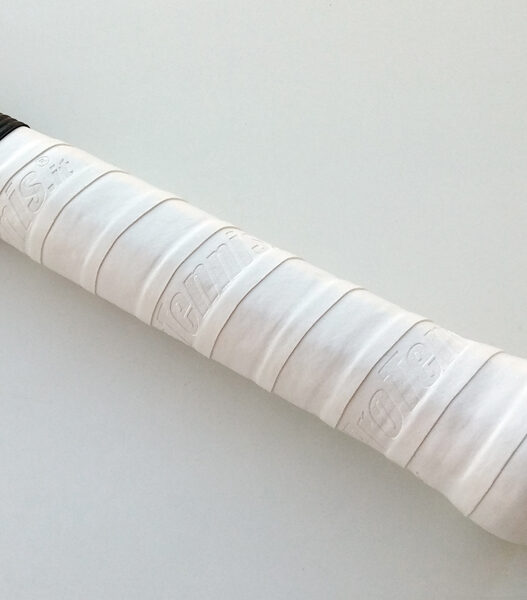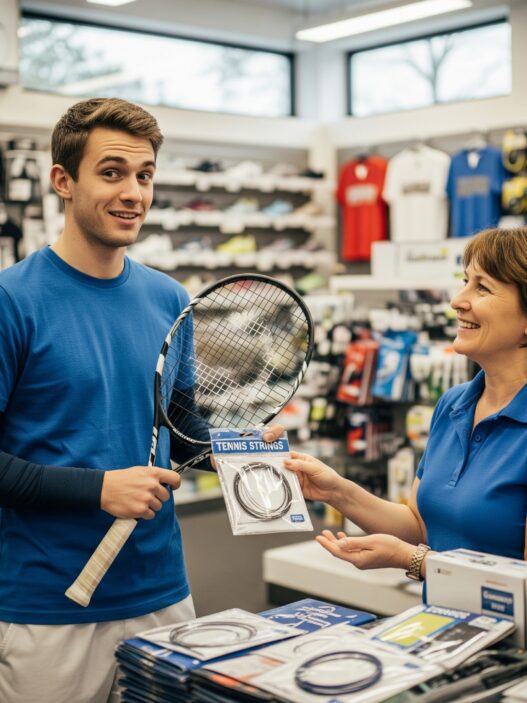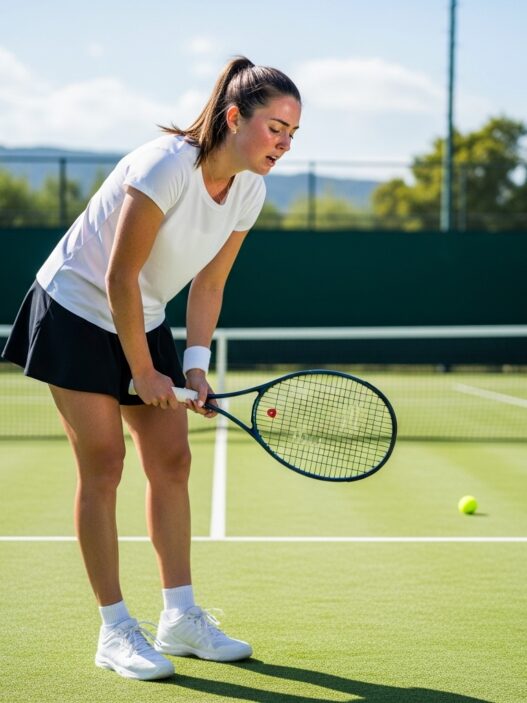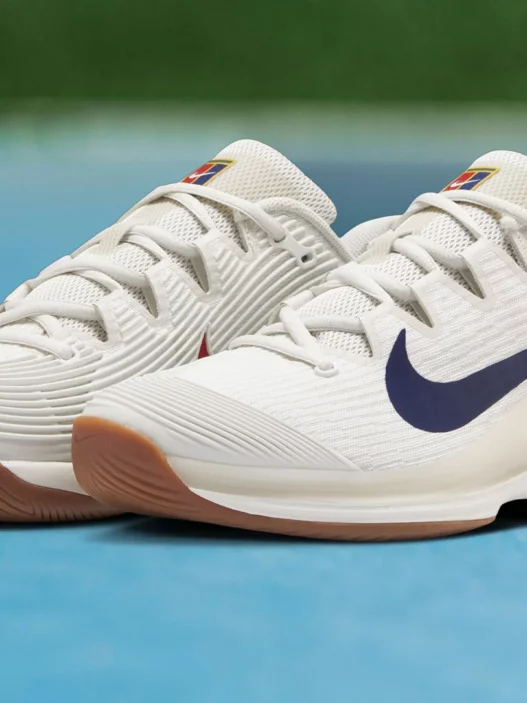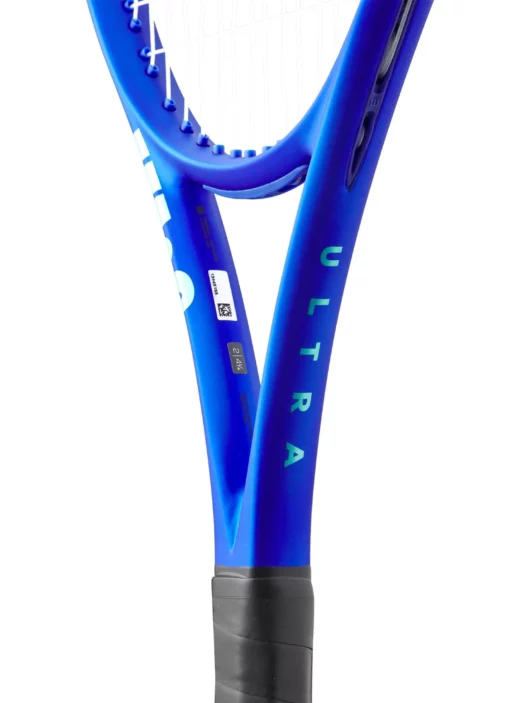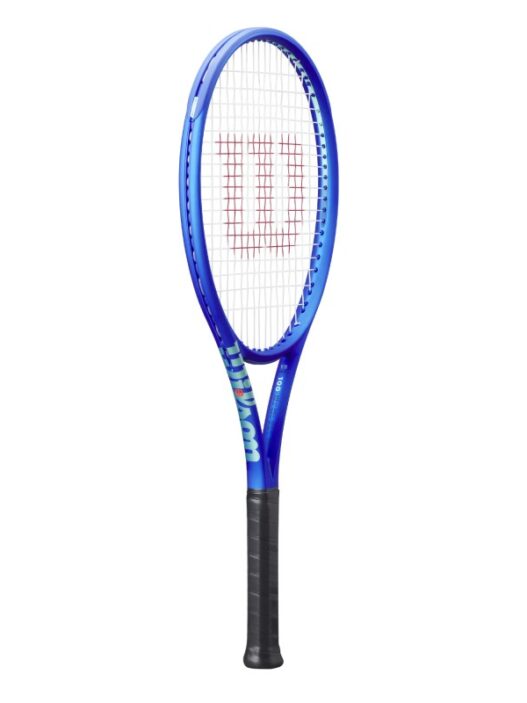Improving your tennis conditioning requires more than casual hitting sessions or occasional jogs around the block. To truly elevate your game, you’ll need to embrace tennis fitness drills specifically designed to replicate the demands of competitive match play. Great players know the secret to lasting longer on court, hitting more powerful shots, and staying injury-free isn’t random—it comes from targeted conditioning designed specifically for tennis movements and match scenarios.
Tennis is unique in its blend of aerobic endurance, explosive power, lateral agility, and quick recovery. Whether you’re a weekend player seeking to win your local league or a committed club competitor aiming to improve your ranking, targeted tennis fitness drills can significantly enhance your performance and confidence on court.
Why Tennis Fitness Drills are Essential for Every Player
When you’re playing a match, every point involves bursts of short, intense effort—fast sprints to the net, lateral shuffles along the baseline, explosive jumps for overheads, and rapid recovery back into position. Traditional gym exercises and long-distance running won’t fully prepare your body for these tennis-specific demands. Tennis fitness drills address these unique physical requirements by improving not only your endurance, but also your agility, balance, power, and reaction times. Incorporating these drills into your routine consistently will give you a physical edge that casual practice simply can’t provide.
Tennis-Specific Endurance Drills to Outlast Opponents
Endurance is foundational in tennis. A common mistake among club-level players is relying solely on long-distance running, which doesn’t replicate the start-stop rhythm of a tennis match. Instead, tennis endurance is built by repeatedly performing short bursts of intense activity interspersed with brief recovery periods.
One highly effective drill for this is the baseline shuttle run. Mark the sidelines of the baseline with two cones. For thirty seconds, move laterally at full intensity between these cones, mimicking baseline rallies. After resting for thirty seconds, repeat this sequence multiple times. Over time, these shuttle runs dramatically improve your stamina, allowing you to stay strong deep into matches.
Another recommended drill is alley-to-alley sprints. These sprints involve moving rapidly from one doubles sideline to the other and back repeatedly. This movement closely mirrors the quick directional shifts you experience during competitive rallies, significantly enhancing your tennis-specific cardiovascular capacity.
Improve Your Agility and Footwork for Superior Court Coverage
Agility separates average tennis players from the truly skilled. Top players effortlessly change direction, swiftly move forward and back, and never seem caught off-balance. This agility isn’t accidental; it’s developed through consistent, dedicated footwork drills.
A cornerstone drill for agility is the cone drill. Place four cones in a square formation on the court, each about five meters apart. Your goal is to sprint between cones rapidly in various patterns—zig-zag, diagonal, or figure-eight paths. These quick, controlled movements boost your lateral agility and prepare your legs for sudden, explosive court movements.
Similarly, agility ladder drills greatly enhance your footwork. Lay an agility ladder flat on the court surface and perform exercises such as quick steps, lateral shuffles, high knees, and lateral skips through the rungs. Tennis pros incorporate these ladder drills regularly to enhance their foot speed and coordination, making every move more precise on court.
Build Strength and Explosive Power to Dominate the Court
Power in tennis doesn’t just come from your racket or strings—it starts from your body. Powerful shots, whether groundstrokes, volleys, or serves, begin with strong leg drive, core rotation, and shoulder stability. To develop this explosive power, include medicine ball throws and plyometric drills in your training routine.
Medicine ball slams and rotational throws simulate tennis movements, activating your core, legs, and shoulders to deliver forceful, controlled shots. Stand with your feet shoulder-width apart, raising a medicine ball overhead and slamming it down explosively onto the court surface. Complement these slams with rotational throws, pivoting your torso and driving the ball into a wall to mimic powerful groundstrokes and serves.
Plyometric squat jumps, where you squat deeply and then jump explosively upward, significantly increase your vertical leap and quickness on court. Incorporating these exercises not only enhances power, but also builds resilience, reducing injury risks during long matches.
Speed Drills: Chase Down Every Ball
Tennis speed isn’t about running fast in a straight line. It’s about explosive, multidirectional movement—covering court distances quickly enough to stay competitive in rallies. “Suicide” drills, where you sprint from the baseline to the service line and back, then immediately from the baseline to the net and back, effectively replicate the sudden accelerations and decelerations in tennis matches.
Complement these suicide drills with rapid court-width sprints, running continuously from one sideline to the other. Both drills simulate real match conditions, increasing your ability to quickly track down balls, react to opponent shots, and recover between points.
Incorporating Tennis Fitness Drills into Your Weekly Routine
To optimize your conditioning, consistency is crucial. Aim for at least two or three dedicated tennis fitness sessions each week, balancing endurance, agility, and strength drills. Structure your training program to include days specifically focused on endurance and speed, alternating with strength and power-focused sessions.
For example, a balanced weekly routine might consist of agility and footwork drills on Mondays and Thursdays, endurance drills on Tuesdays, and strength and power sessions on Fridays. Regular recovery and rest periods are essential, allowing your muscles and joints to repair and adapt.
Measuring Your Improvement Over Time
Tracking your progress provides motivation and ensures your training effectiveness. Utilize wearable devices such as heart rate monitors or fitness trackers during your drills. Observing improved recovery times, lower resting heart rates, or higher sustained intensities during sessions clearly indicates your fitness progress. Additionally, periodically timing yourself on specific drills, like shuttle runs, can highlight noticeable improvements in your conditioning and speed.
Avoid Common Mistakes When Doing Tennis Fitness Drills
While incorporating these drills into your routine, avoid common pitfalls like neglecting rest periods or focusing excessively on quantity rather than quality. Each drill should be performed with proper form and controlled intensity. Overtraining or neglecting recovery can lead to injury, ultimately hindering your improvement.
The Ultimate Benefits of Tennis Fitness Drills
Integrating targeted tennis fitness drills into your training isn’t just about becoming physically stronger or faster; it’s about becoming a more confident, resilient player. Improved conditioning translates directly into more efficient movement, reduced injury risk, increased confidence during matches, and ultimately, better results on the court.
Whether you’re competing in local club championships or simply looking to elevate your weekend match play, incorporating these proven tennis fitness drills consistently into your routine will transform your game. The results will be clear, visible, and rewarding—allowing you to outlast opponents, play with greater intensity, and find deeper enjoyment every time you step onto the court.
Ready to elevate your tennis conditioning even further? Feel free to reach out for personalized recommendations or detailed training plans designed specifically for your goals. Your next-level tennis performance starts today.





